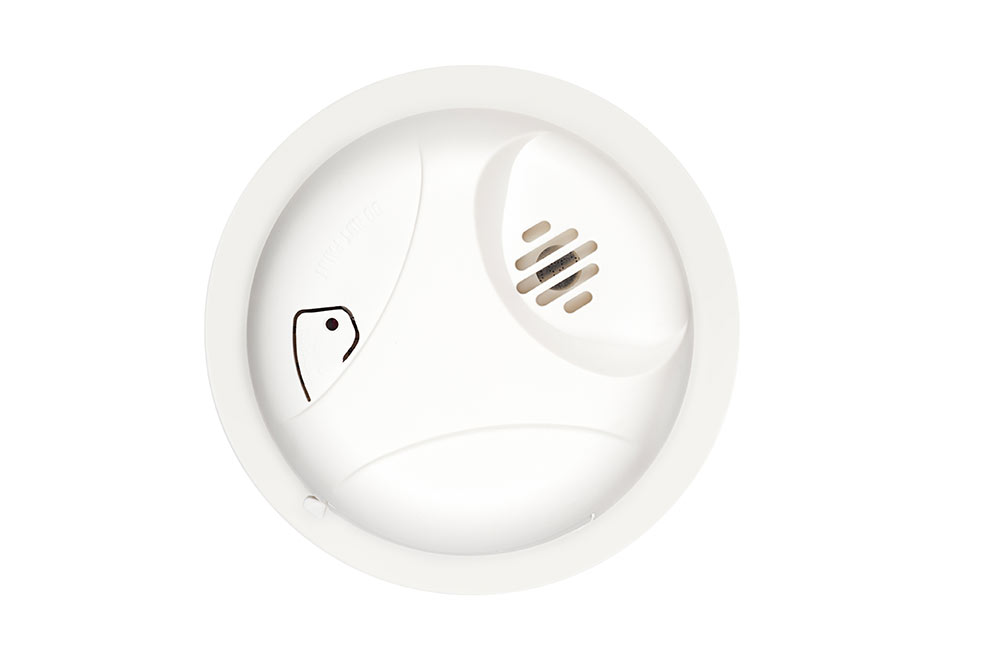If you are the landlord of buy to let property, you will know only too well that there is a raft of legislation principally designed to ensure you maintain and respect the health and safety of your tenants.
Critically, this includes legislation relating to smoke and carbon dioxide – potential killers for anyone inside your let property at the time of an accident or emergency – and you will do well to keep a careful watch on any changes to laws that are currently under review – and which vary to some degree in England, Scotland, Wales, and Northern Ireland.
Smoke inhalation and carbon monoxide poisoning: the symptoms
The flames from a house fire are dramatic, of course, but it is the smoke that kills – with the majority of deaths in domestic fires resulting from smoke inhalation, says City Fire Protection.
Carbon monoxide (CO) is even more dangerous because it is colourless, tasteless, and odourless, and can be even more deadly. When inhaled, the gas replaces the oxygen in your blood, depriving your brain, heart, and other vital organs of the oxygen they need – so that you can lose consciousness and suffocate within minutes.
Not for nothing have we previously described carbon monoxide as “the silent killer”.
Exposure to carbon monoxide poisoning can also give you problems concentrating and provoke a loss of memory, according to the NHS, which notes that there are still around 60 deaths a year in England and Wales caused by CO poisoning.
Landlords and the law
With these clear and present dangers posed by smoke and carbon monoxide, the law looks to landlords to take precautions designed to protect their tenants from harm.
Since the 1st of October 2015, the Smoke and Carbon Monoxide Alarm (England) Regulations have required every landlord of private rented accommodation in England to:
- install smoke alarms on every floor in any let flat, house or House in Multiple Occupation (HMO) – with a penalty for non-compliance of up to £5,000; and
- install a carbon monoxide detector in any room in which there is a fire burning – or capable of burning – solid fuel, including rooms in which there is a fireplace that has not been blocked off (so that tenants could still choose to light a fire there).
Landlords are made specifically responsible for testing and confirming that smoke alarms and CO detectors are in good working order at the beginning of any new tenancy, points out the National Residential Landlords’ Association (NRLA).
Bear in mind, however, that the English government launched a consultation on the prospects for stiffening these regulations still further. The results of that consultation – which closed in January 2021 – are still under consideration and may yet lead to further changes in the law.
Scotland, Wales, and Northern Ireland
In Scotland, the law is stricter still. With effect from February 2022, not only rented accommodation but every home must have at least one smoke alarm fitted in the living room, another in the hallway or on the stairs, a heat alarm in the kitchen, and a CO detector in any room in which there is a solid-fuel fire or fireplace.
An amendment to the Renting Homes (Wales) Act 2016 will introduce a requirement for landlords to install CO detectors in let property in Wales.
In Northern Ireland, amendments to the Building Regulations (Northern Ireland) 2012, make it a requirement for CO detectors to be fitted in any home – including let property – in which a solid-fuel burning fire is newly installed.
Your let property – the law
It is not only smoke alarms and carbon monoxide detectors that you might need to worry about as a landlord. In an article on the 25th of August 2020, Propertymark identified some 145 laws and more than 400 regulations with which you must comply if you are a private sector landlord in England and Wales:
- in addition to smoke alarms and CO detectors, you must also arrange annual gas safety inspections by a registered Gas Safe engineer – a responsibility about which an alarming one in three landlords are apparently unaware, according to Propertymark;
- ensure that all furniture and furnishings meet the fire safety standards laid down in the Furniture and Furnishings (Fire) (Safety) Regulations 1988 – confirming that they pass the “match flame” resistance and “smouldering cigarette” tests of these regulations;
- with effect from the 1st of April 2021, landlords must also arrange an electrical safety check at least once every five years;
- similar regulations on electrical safety checks are also in force in Scotland;
- landlords also have a statutory duty to assess and control the risk of Legionella to tenants in their let property – a pneumonia-like disease caused by a bacteria usually found in infected water supplies;
- Legionella control measures might include flushing water systems, sealing pipework, and maintaining stable water temperatures.
When appraising your compliance with a host of health and safety laws and regulations designed to protect your tenants, therefore, remember to consider fire safety, carbon monoxide detection, gas and electrical safety, and the potential risks of Legionella contaminating any water supply.
Please note that the information within this blog is based on our current understanding of the law. Laws can and do change. If you are unsure of any legalities relating to health and safety in a let property, refer to the Government website or contact your local council.








